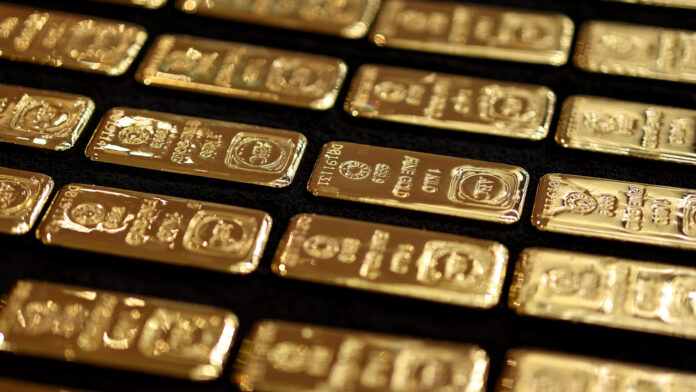
GOLD may surge to $4,000 per ounce by late next year as Federal Reserve monetary easing weakens the dollar and central banks continue expanding their precious metal reserves, said Bloomberg News citing the views of Fidelity International.
Ian Samson, multi-asset fund manager at the investment house, said his company had an optimistic view on gold despite its recent consolidation near current levels around $3,315/oz. Several of Fidelity’s diversified portfolios have doubled their gold exposure from five percent over recent months, capitalising on price weakness after April’s record peak above $3,500/oz.
Samson cited expectations of more accommodative Fed policy as driving the increased allocation, noting that August’s typically subdued market conditions made additional diversification prudent.
The precious metal has gained over 25% this year, supported by geopolitical tensions across Ukraine and the Middle East, President Trump’s trade policies creating economic uncertainty, and sustained central bank purchasing. However, trading has remained range-bound recently as diplomatic progress on trade disputes reduced demand for safe-haven assets.
Trump’s tariff programme, affecting roughly 11% of the US economy through import duties, should eventually slow growth and prompt easier monetary policy, said Samson.
Bloomberg News said that Federal Reserve chair Jerome Powell faces potential dissent from colleagues seeking stimulus for weakening employment markets when policymakers meet this week.
A dovish shift would likely pressure the dollar whilst boosting non-yielding gold, particularly as Powell’s replacement next May may prove more sympathetic to rate cuts given Trump’s preference for lower borrowing costs, the newswire said.
Goldman Sachs shares Fidelity’s bullish outlook, whilst Citigroup remains cautious about prices. Samson noted gold’s current bull run mirrors its 2001-2011 performance, delivering 20% annual returns, suggesting further gains remain possible rather than the market being overextended.










